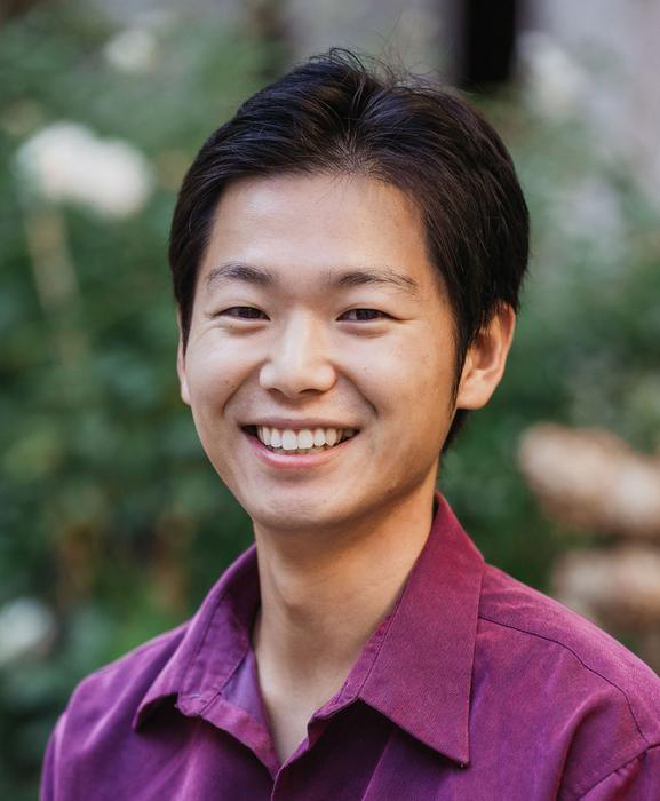

Personal Journey Shapes Scientific Vision #
The concept of “sonder” first sparked Dr. Oh’s fascination with biology during high school. This profound realization that every person experiences life as vividly and complexly as our own led him to marvel at how trillions of cells coordinate to create rich emotional and subjective experiences. His scientific path gained urgency through personal experience when diagnosed with a rare chronic kidney disease and witnessing his best friend develop persistent, unexplained abdominal pain.

“I hoped that by studying the intricate inner workings of life, I might one day contribute to curing the kinds of conditions that cause such deep and often invisible suffering,” Dr. Oh explained in the interview. This personal motivation drives his current research examining how immune cells and metabolic organs amplify or dampen mood symptoms.
Revolutionary Discoveries Transform Understanding of Aging #
Perhaps most significantly, Dr. Oh identified cerebrospinal fluid synaptic biomarkers capable of predicting Alzheimer’s dementia onset years before clinical symptoms manifest. This discovery opens possibilities for early intervention strategies that could alter disease trajectories. How might healthcare systems adapt if we could identify Alzheimer’s risk decades before symptoms appear?
Bridging Brain and Body Systems #
This multidisciplinary approach positions Dr. Oh at the forefront of precision medicine development. His research examines molecular fingerprints of interventions including exercise and ketamine therapy, seeking to understand why certain treatments work for specific individuals while failing for others. Could peripheral blood markers eventually guide personalized depression treatment selection?
From Stem Cells to Systems Biology #
His transition to studying brain-immune interactions emerged from recognizing that external environmental cues profoundly influence cellular identity and function. This systems-level perspective now guides his investigation of how metabolic organs and immune cells shape emotional states and cognitive function. What other unexpected organ systems might influence brain health in ways science has yet to discover?
Implications for Future Therapeutics #
The implications of Dr. Oh’s research extend beyond academic discovery. By revealing how specific proteins and metabolites track with depressive behavior, his work identifies novel therapeutic targets. Understanding differential organ aging patterns could enable interventions targeting root causes rather than symptoms alone. His research on exercise and ketamine’s molecular mechanisms provides frameworks for developing next-generation treatments.
Major depressive disorder affects multiple body systems, yet current treatments primarily target brain neurotransmitters. Dr. Oh’s findings suggest that effective therapies might need to address peripheral inflammation, metabolic dysfunction, and organ-specific aging processes. How might psychiatric care transform if clinicians routinely assessed organ aging profiles alongside traditional mental health evaluations?
Advancing Scientific Culture #
Dr. Oh particularly values academic freedom to pursue unexpected leads and develop new skills, even when this temporarily reduces productivity. His career trajectory from stem cell biology to computational aging biology exemplifies how interdisciplinary exploration can yield unexpected breakthroughs. What revolutionary discoveries might emerge if funding structures better supported exploratory research?
- The article Hamilton Oh: A journey studying the science of humanity was published today in Genomic Press. Is freely available via Open* Access on 22 July 2025 in Brain Medicine at the following hyperlink
Contact [Notaspampeanas](mailto: notaspampeanas@gmail.com)

